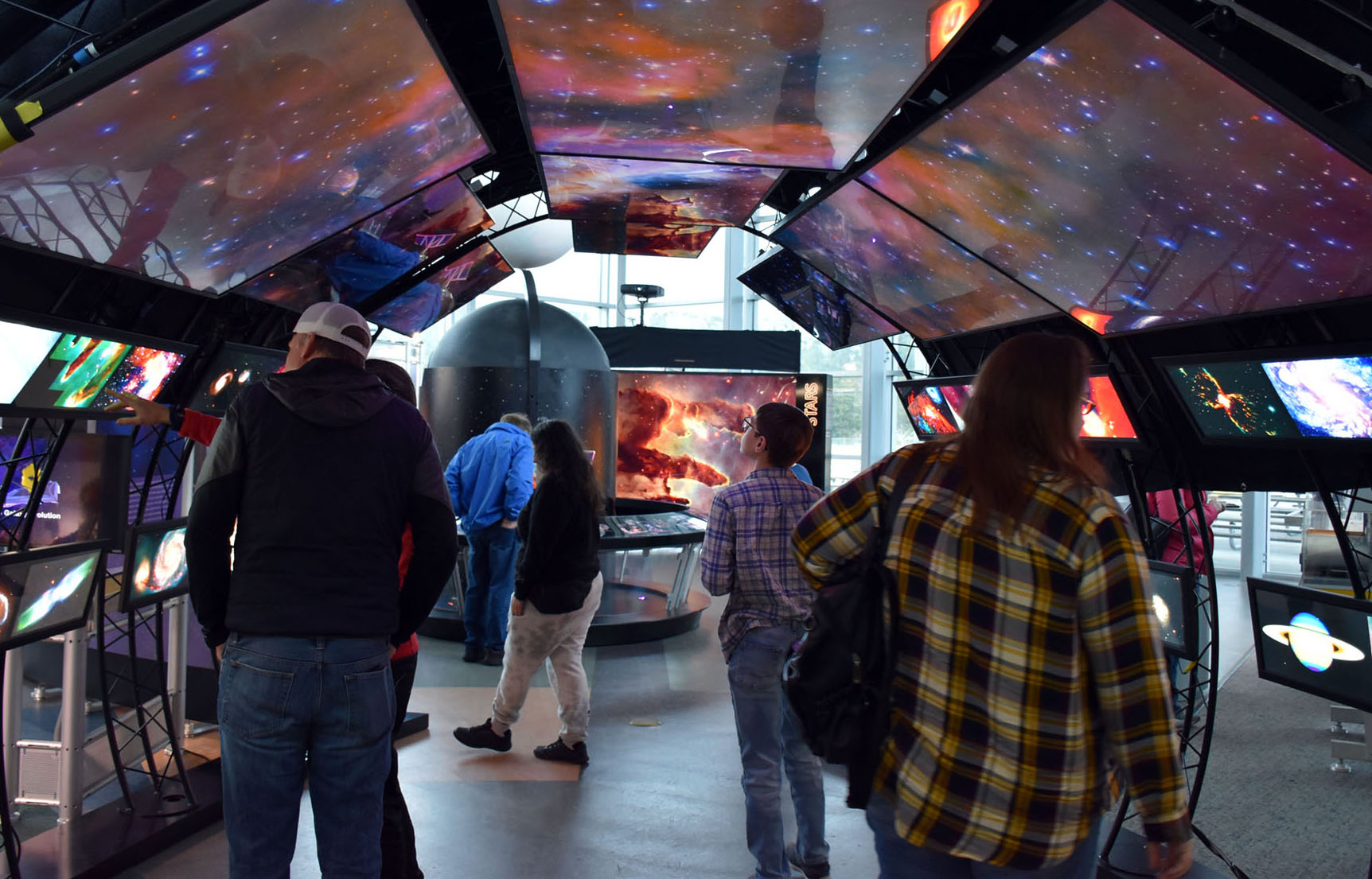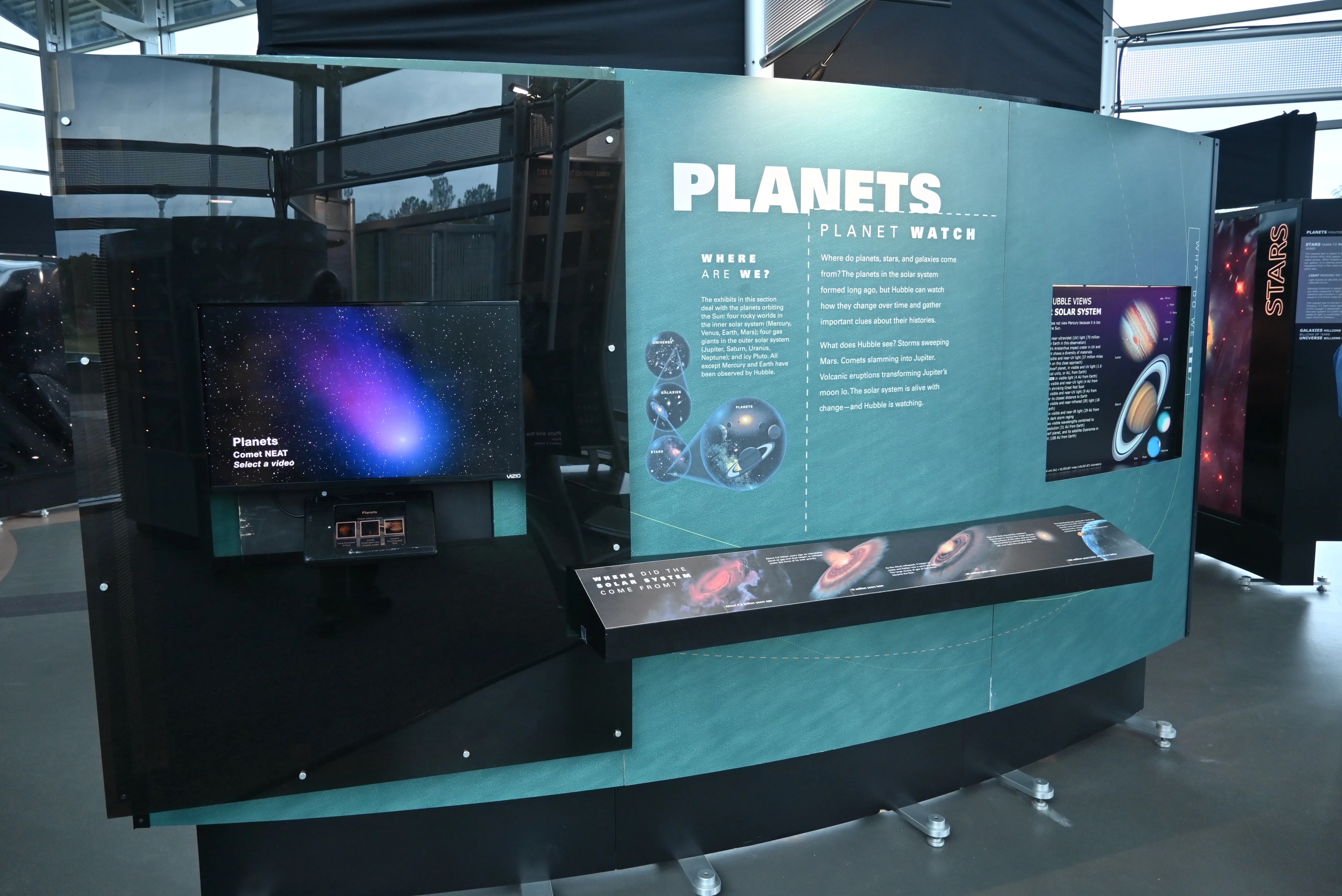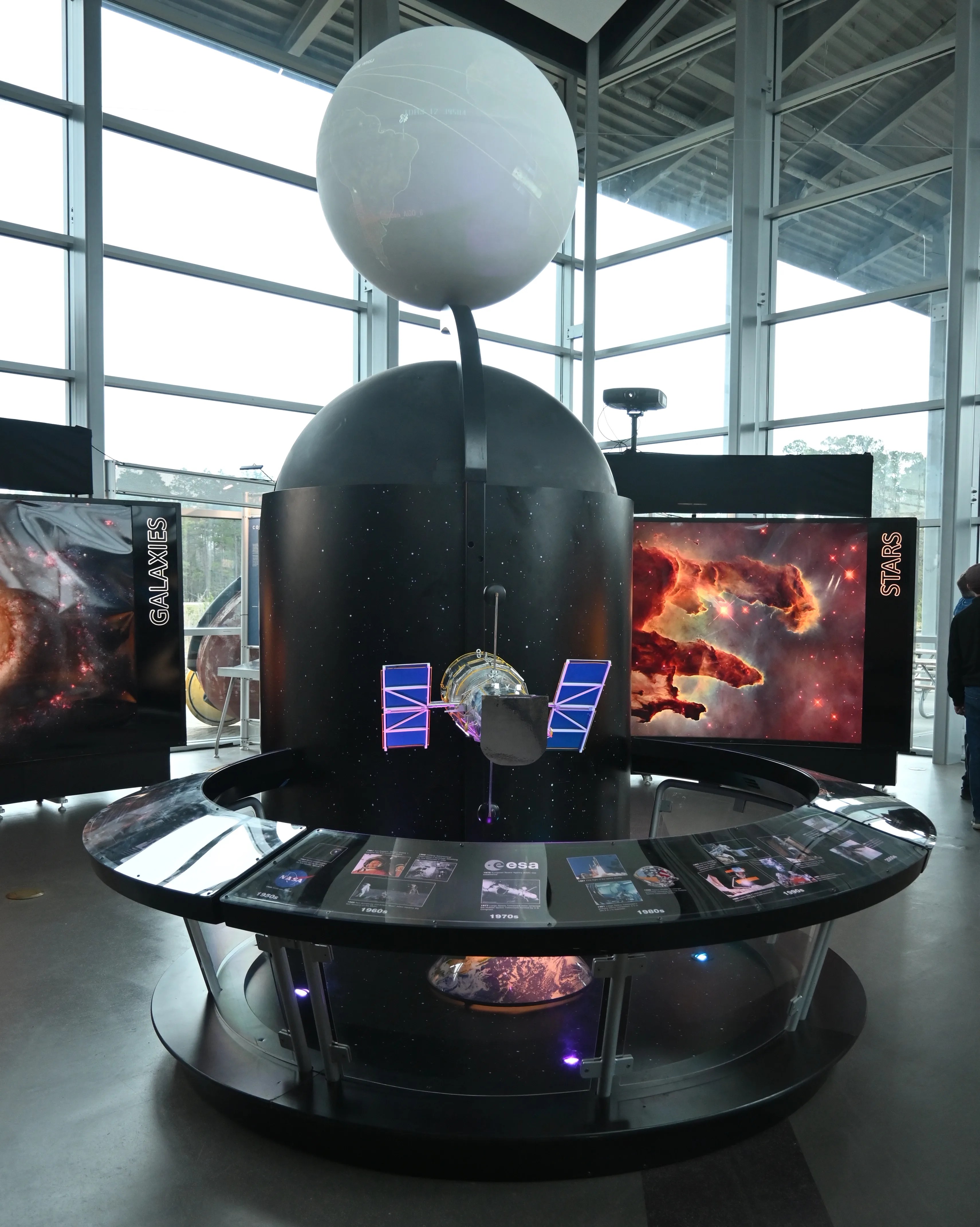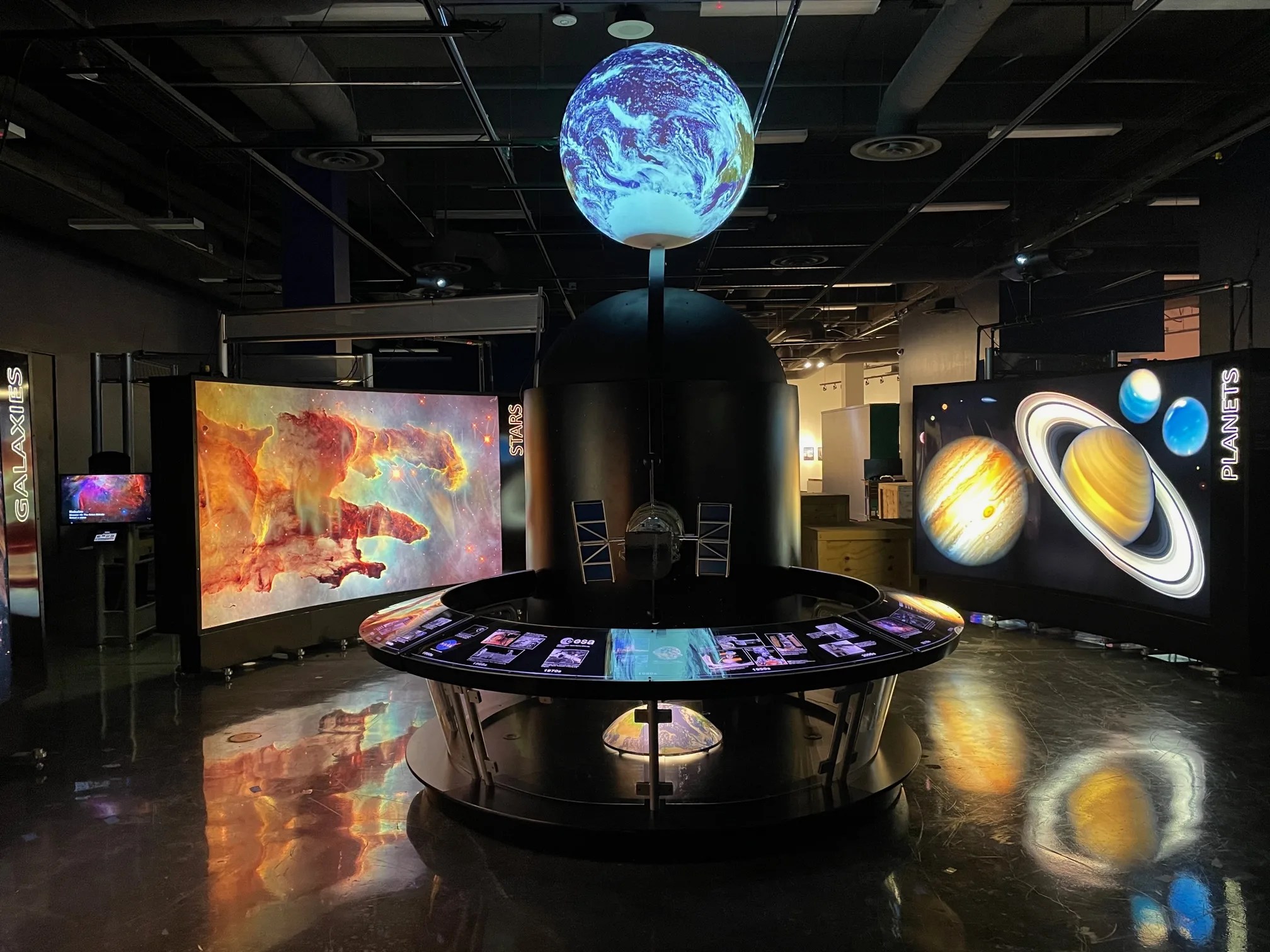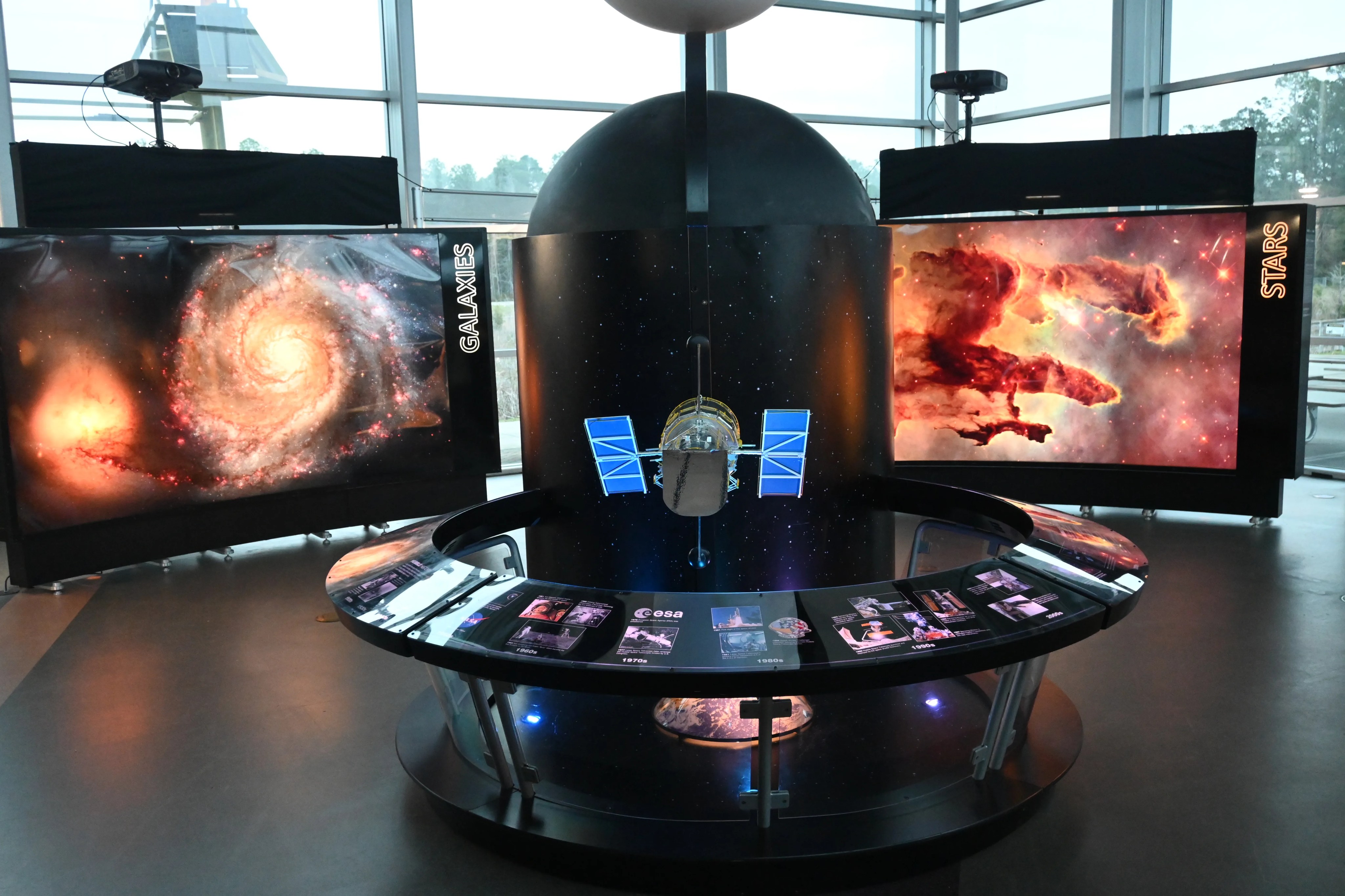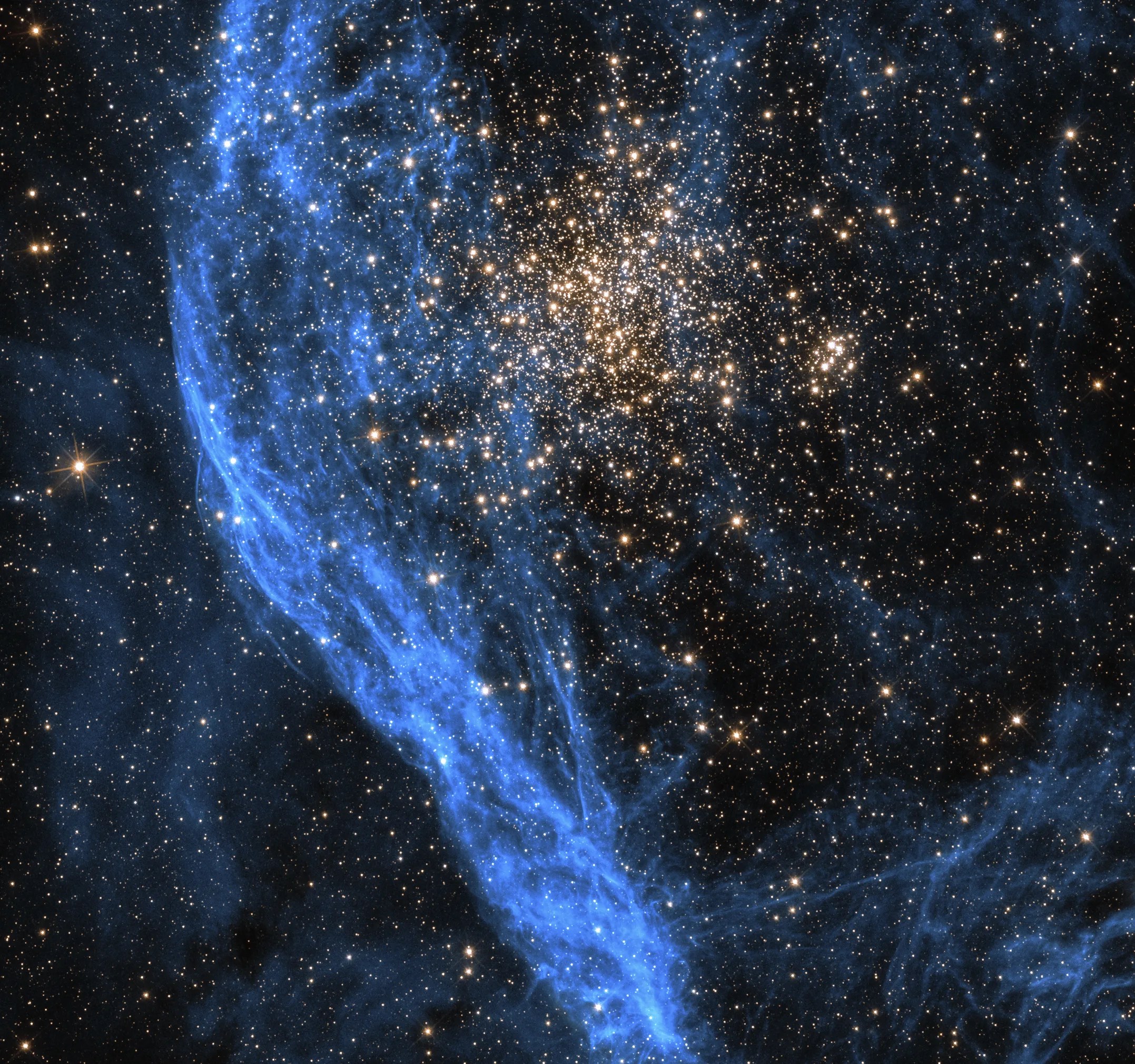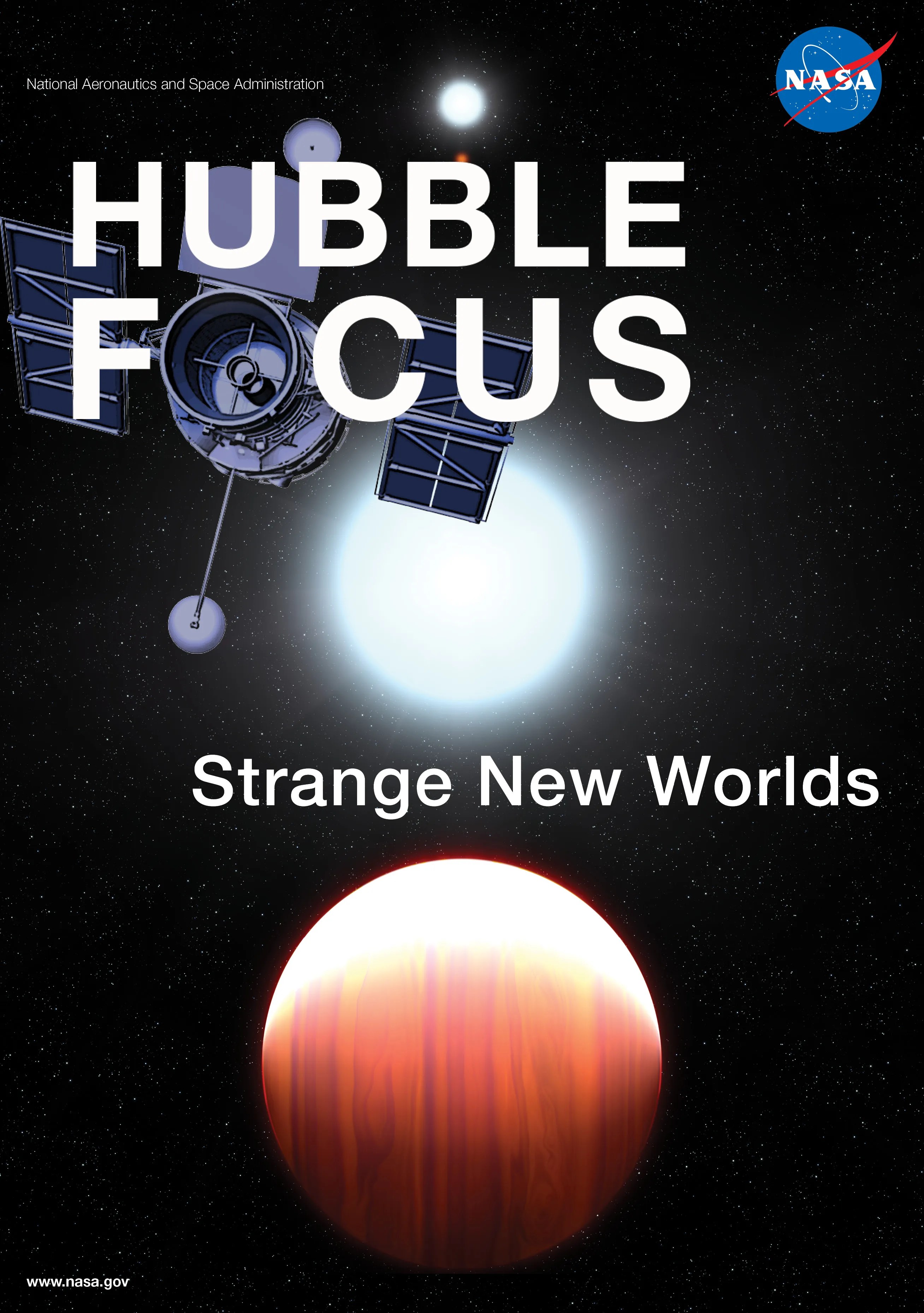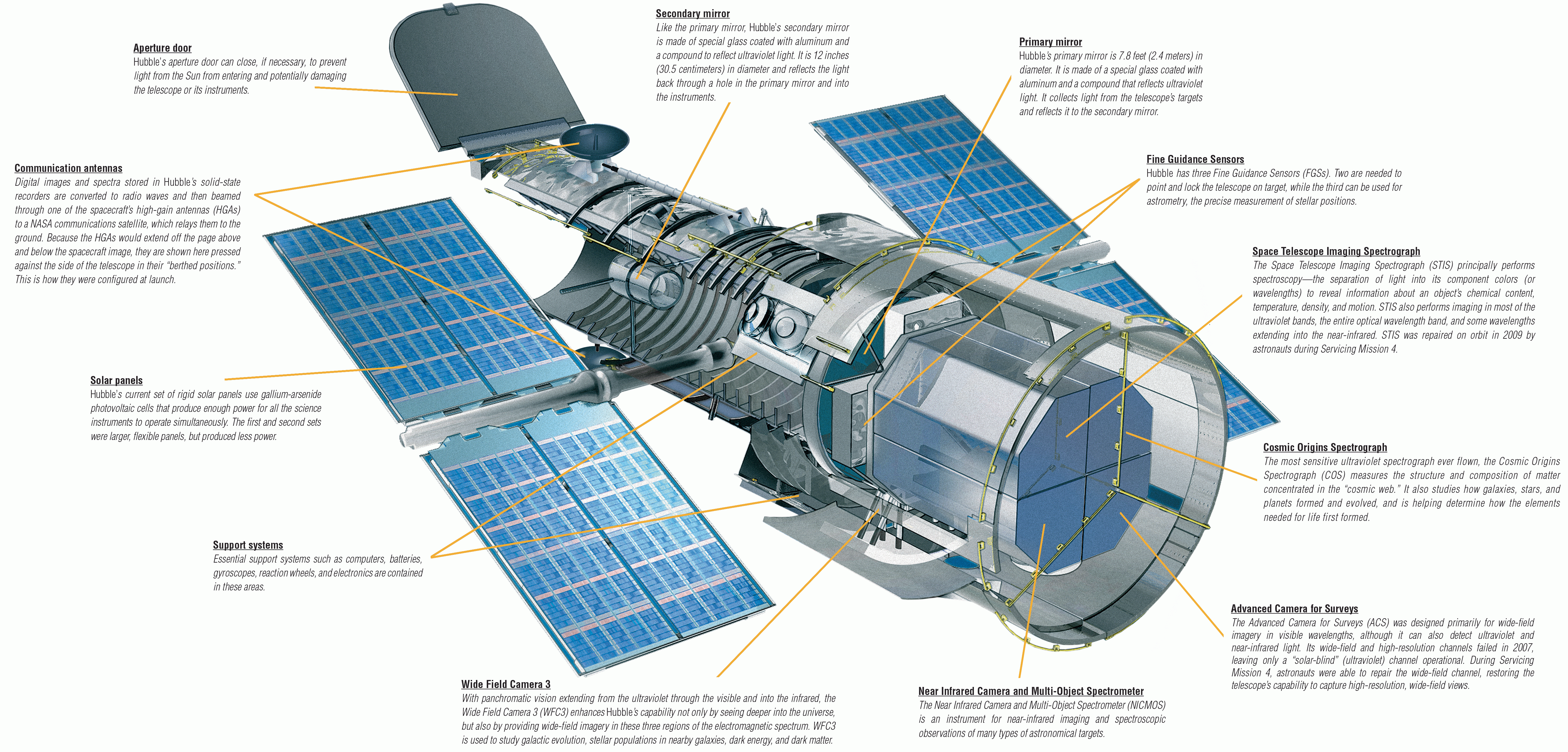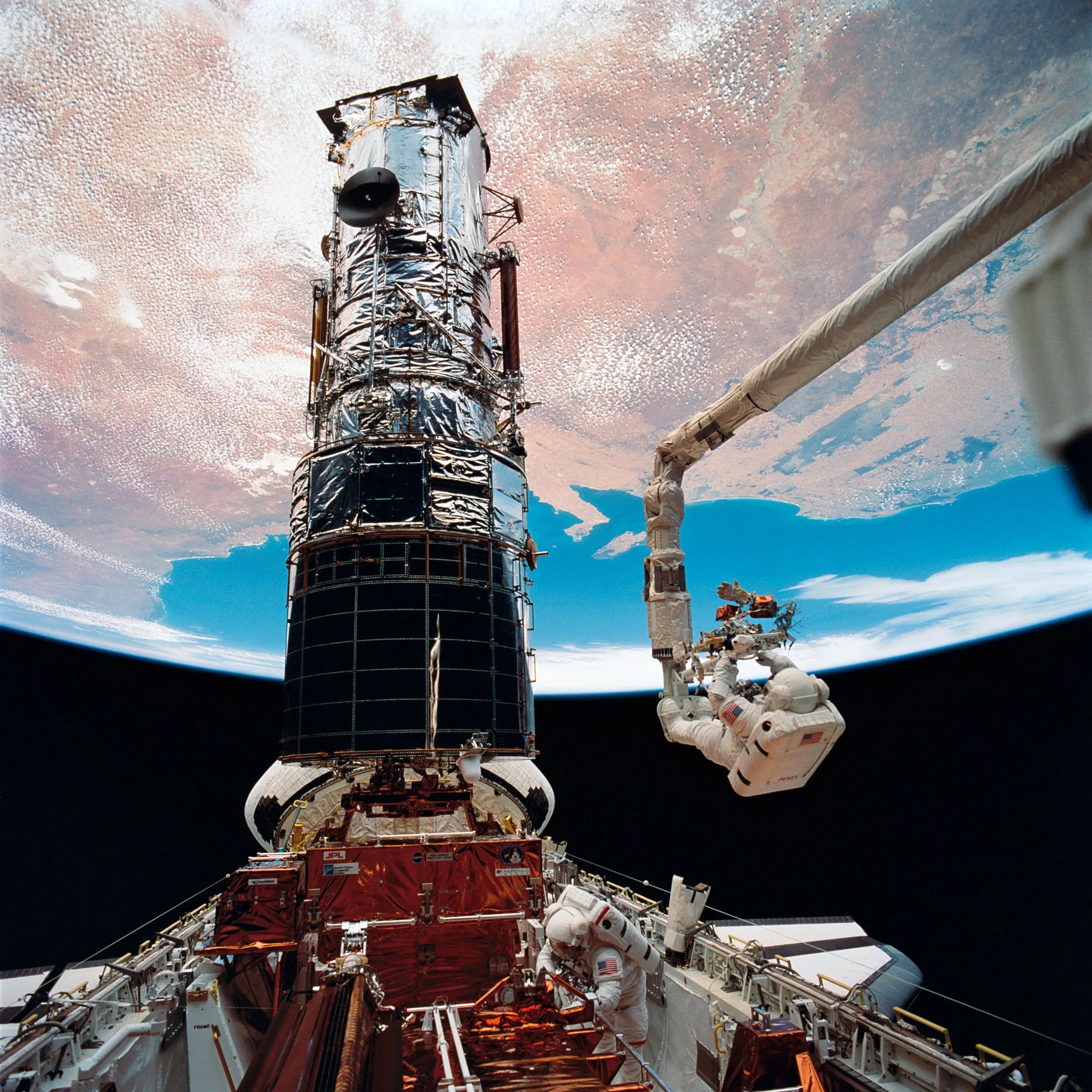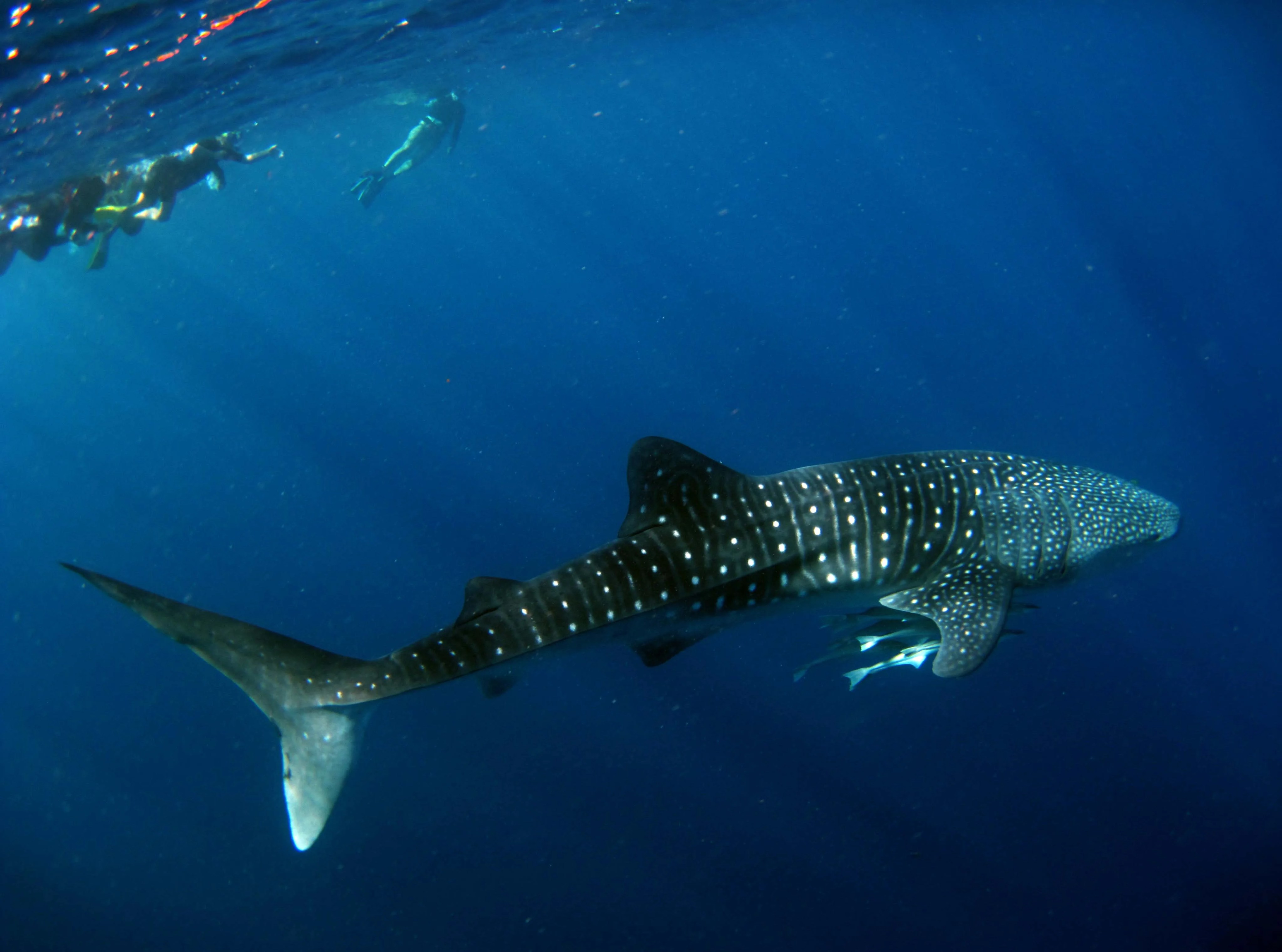At The Museum
NASA's Hubble Space Telescope traveling exhibit, originally developed in partnership between NASA and the Smithsonian Institute Traveling Exhibit team, has toured the country for over two decades. Continually enhanced with new technology and the most recent science, the exhibit offers visitors a vibrant overview of a mission that changed our understanding of the Universe. Are you interested in seeing or having the exhibit at your venue?
Quick Facts
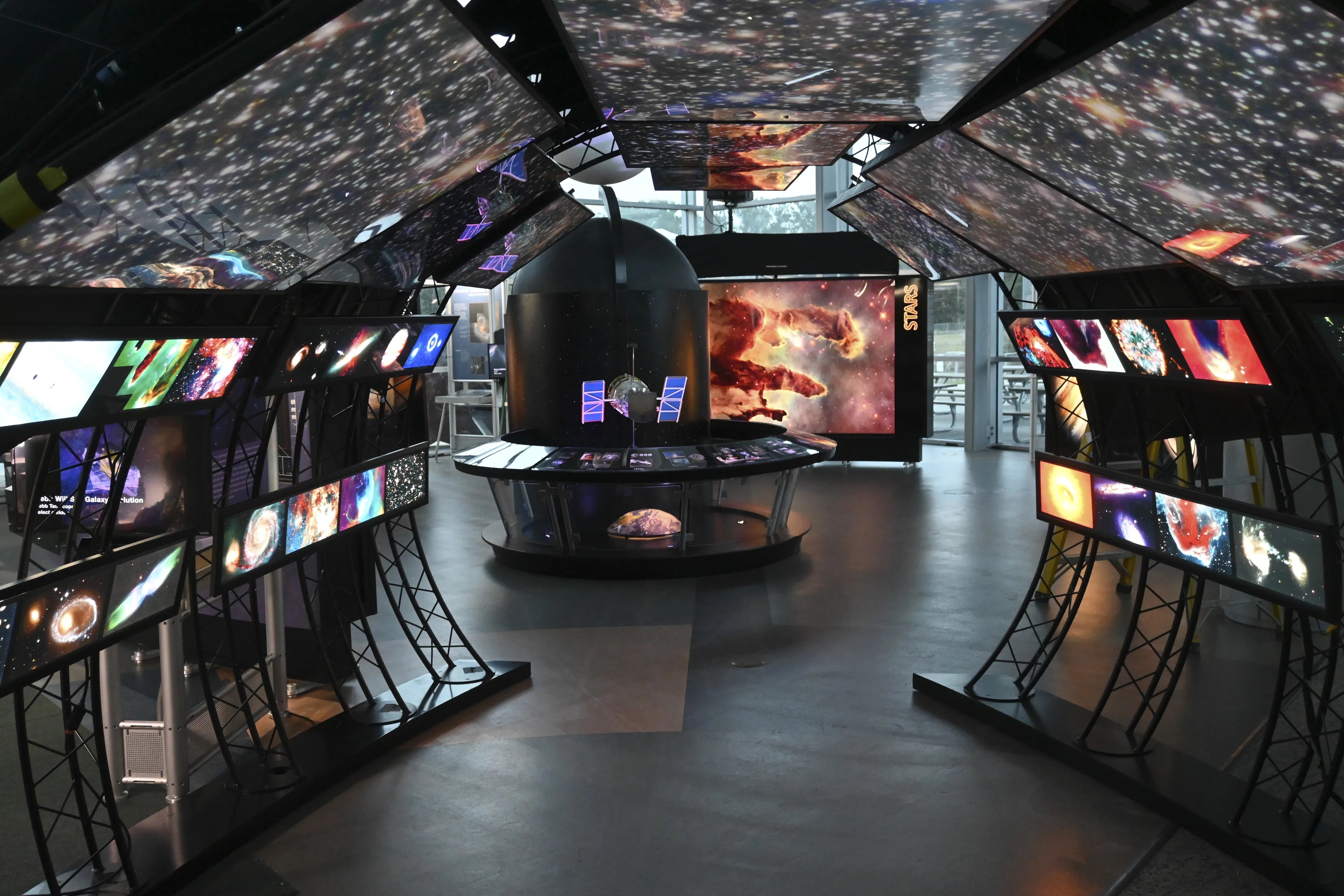
The Hubble Space Telescope: New Views of the Universe traveling exhibit is a 2,200-square-foot exhibit that immerses visitors in the magnificence and mystery of Hubble's mission and introduces the James Webb Space Telescope. The exhibit features a scale model of the Hubble Space Telescope as well as several “satellite” units (stations) that offer visitors a hands-on experience with the same technology that allows Hubble to gaze at distant galaxies. These units also feature Hubble's contributions to the exploration of planets, stars, galaxies, and the universe. Exhibit patrons will learn about Hubble's various instruments and the role that each one plays in providing exciting new images and discoveries. Visitors also get a glimpse of the various hurdles Hubble faced in its career and discover the role that astronauts played in repairing and servicing the observatory. The exhibit showcases Hubble's iconic images and data of planets, galaxies, regions around black holes, and many other fascinating cosmic entities that have captivated scientists for centuries. Experience the life and history of NASA's Hubble Space Telescope through this stunning interactive exhibit.
Hubble Space Telescope: New Views of the Universe is provided free of charge to any organization willing to share in the splendors of its discoveries. Please note: due to the exhibit's size and setup time, venues must keep the exhibit on display for a minimum of 3-4 months.
Exhibit Stations
The exhibit incorporates numerous stations that cover science, astronaut servicing missions, and telescope design. Included are stations that provide hands-on interactive experiences to understand solar power, thermal protection, wavelengths of light, and discoveries. Learn about each station and its contents.
Read More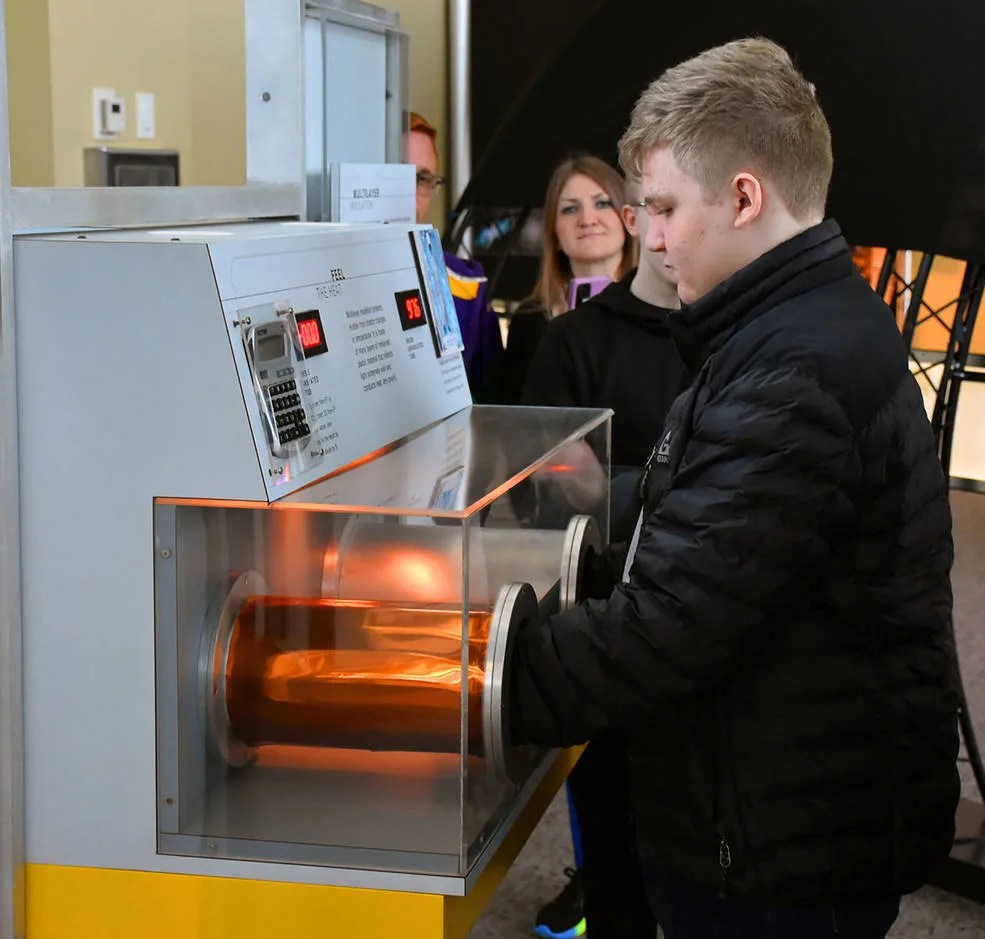
Specifications
Venues interested in the exhibit must meet certain floor space and power requirements. The typical layout results in a square footprint. However, the flexibility of the exhibit allows for custom orientations. Find out more about the specifications and exhibit space needs.
Read More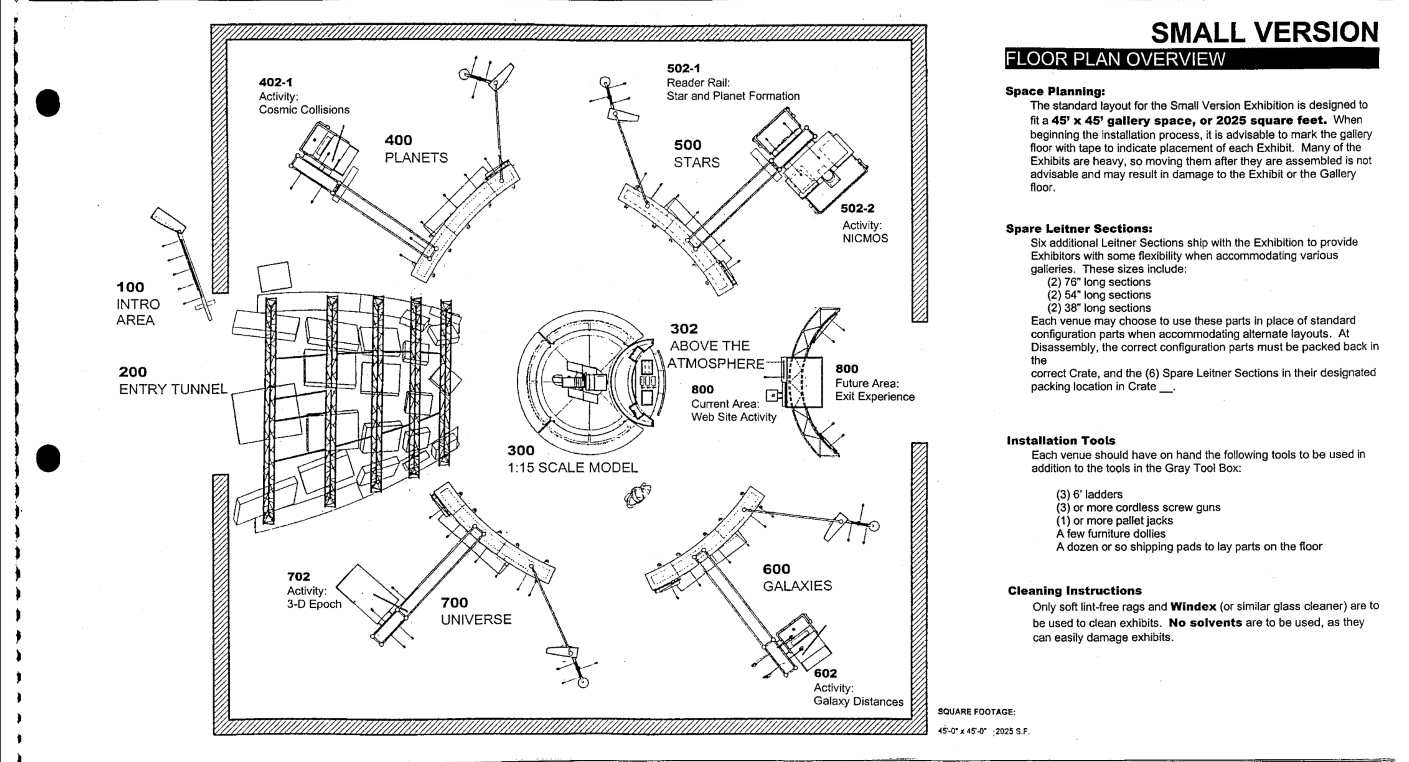
Assembly
The Hubble traveling exhibit is a complex system that requires expertise to assemble, take down, and pack up. A team from NASA works with a venue's staff to complete all work necessary to make the exhibit ready for public viewing. See a time-lapse video of the installation process.
Read More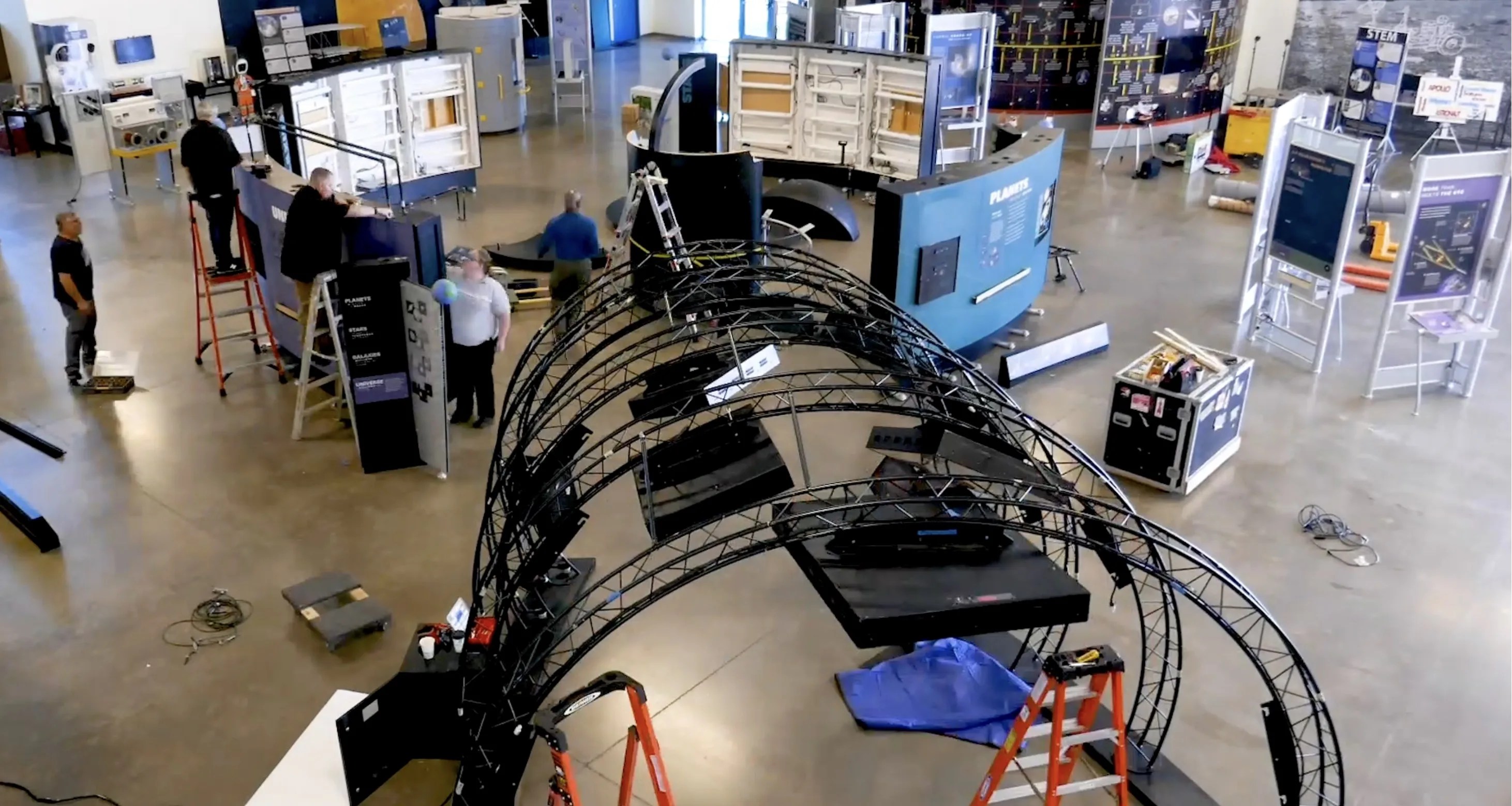
Request Exhibit
Is your venue interested in sponsoring the exhibit? Learn who can request the exhibit, the agreement for such sponsorship, and contact information.
Read More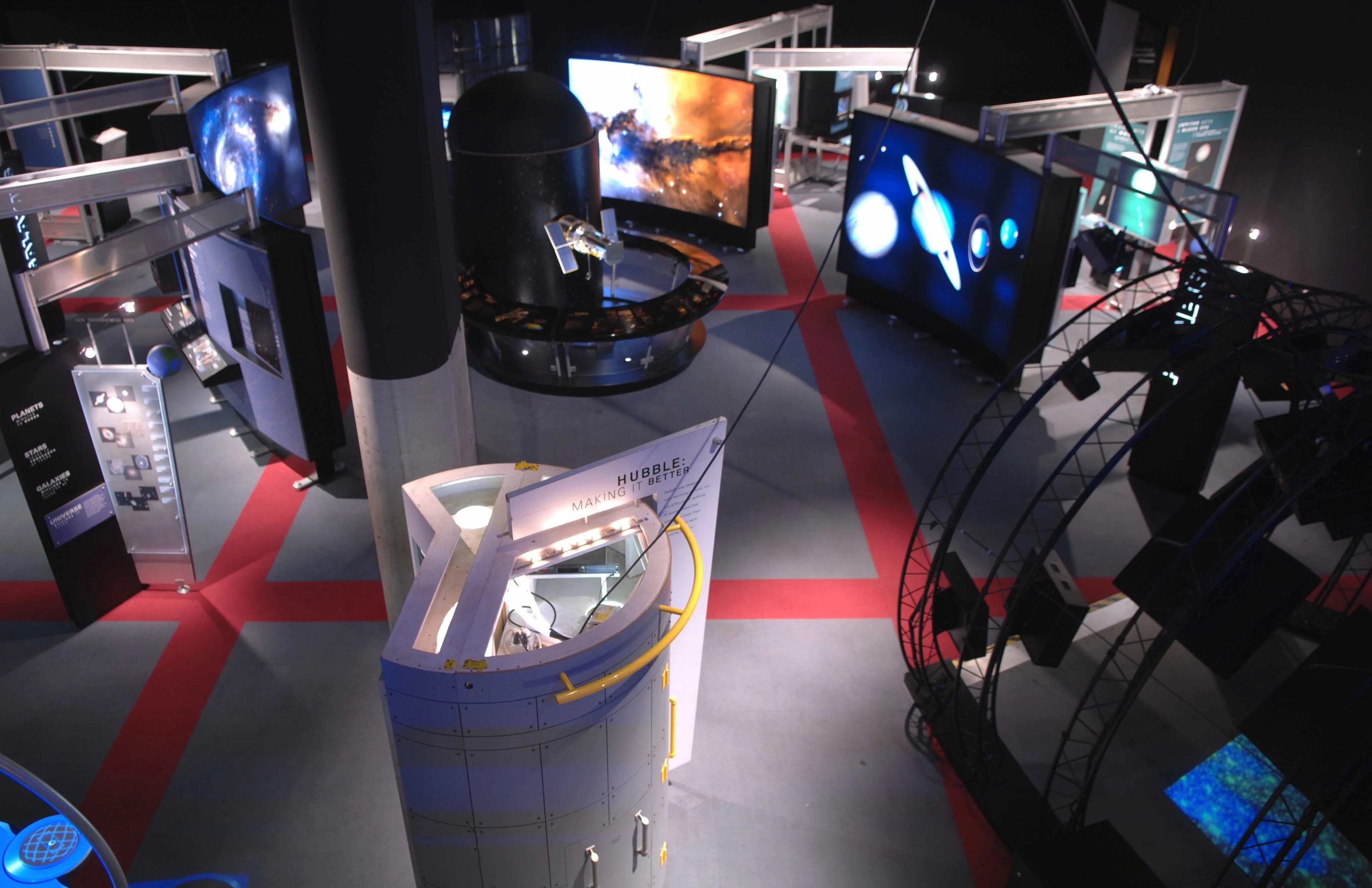
FAQs
After being installed more than 40 times, many questions about the exhibit, its physical requirement, qualified venues, and the display agreements were asked. We have compiled the most common questions and their answers on this FAQ page.
Read More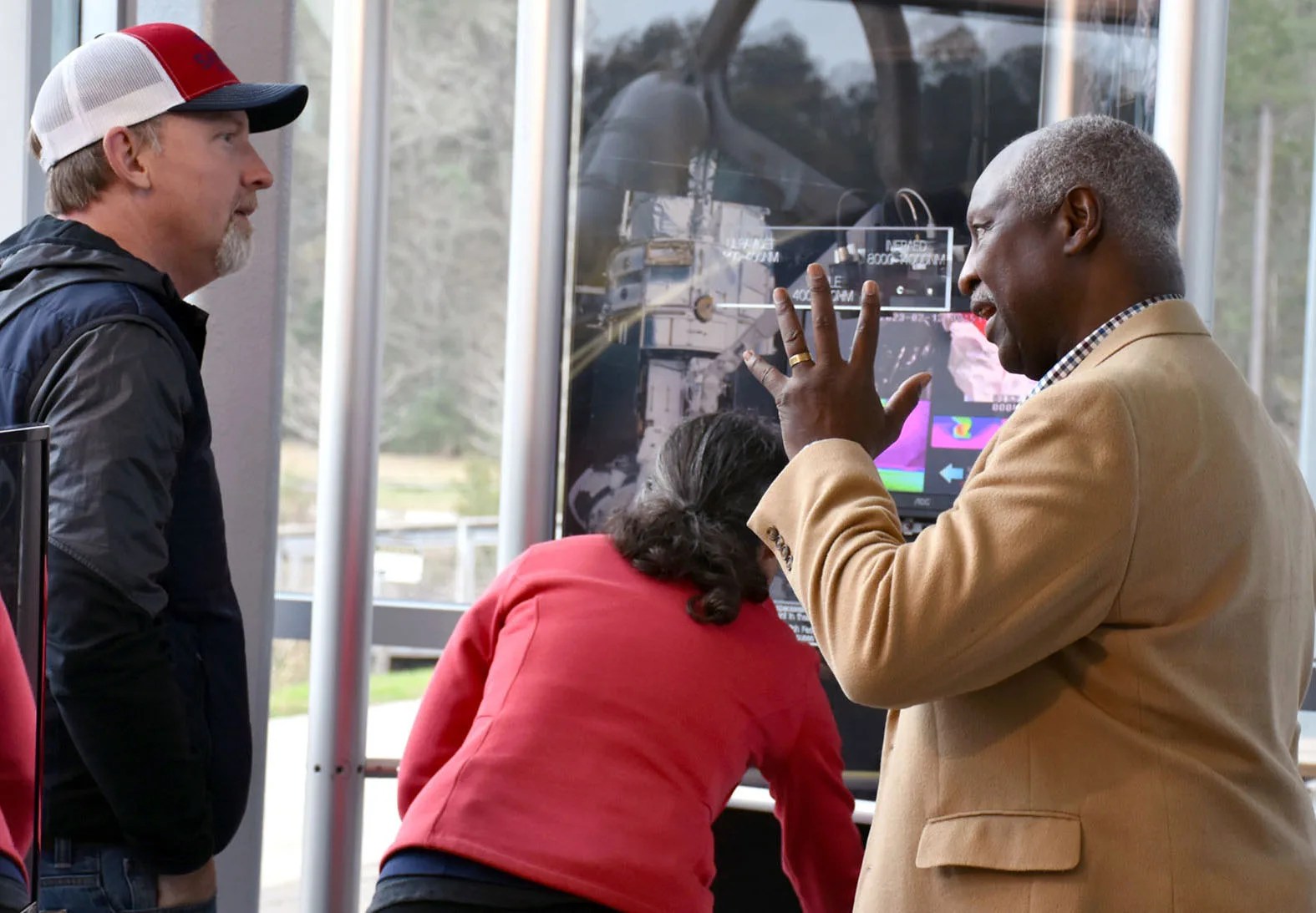
Past Locations
Originally developed by the Smithsonian Institution Traveling Exhibition Service (SITES) in partnership with NASA, the exhibit toured for five years under their management and then was continued under NASA’s stewardship. The following venues are past hosts of the Hubble Traveling Exhibit:
- Adler Planetarium and Astronomy Museum, Chicago, IL
- Aerospace Museum of California, McClellan, CA
- Arizona Museum of Natural History, Meza, AZ
- Buffalo State University Planetarium, Buffalo, NY
- Cape Fear Museum of History and Science, Wilmington, NC
- Carnegie Science Center, Pittsburgh, PA
- Chabot Space and Science Center, Oakland, CA
- Challenger Space Science Center, Peoria, AZ
- Cradle of Aviation Museum, Garden City, NY
- Cranbrook Academy Institute for Science Museum, Bloomfield Hills, MI
- Danville Science Museum, Danville, VA
- Discovery Museum, Bridgeport, CT
- East Kentucky Science Center & Planetarium, Prestonsburg, KY
- El Paso Museum of History, El Paso, TX
- Family Museum of Arts and Science, Bettendorf, IA
- Florida International Museum, St. Petersburg, FL
- Fort Worth Museum of Science and History, Fort Worth, TX
- History Museum of Mobile, Mobile, AL
- Imagination Station, Toledo, OH
- INFINITY Science Center, Pearlington, MS
- International Museum of Art and Science, McAllen, TX
- Kalamazoo Air Zoo, Aerospace & Science Museum, Portage, MI
- Kirby Science Discovery Center, Sioux Falls, SD
- Lowell Observatory, Flagstaff, AZ
- McAuliffe-Shepard Discovery Center, Concord, NH
- Miami Museum of Science, Miami, FL
- Minnetrista Cultural Center, Muncie, IN
- Mount Wilson Observatory, Pasadena, CA
- Museum of Science and Technology (MOST), Syracuse, NY
- NASA Space Center Houston, Houston, TX
- NASA's Goddard Space Flight Center - Visitor Center, Greenbelt, MD
- NASA's Kennedy Space Center, Titusville, FL
- NASA's Wallops Flight Facility - Visitor Center, Wallops Island, VA
- National Soaring Museum, Elmira, NY
- New Mexico Museum of Natural History and Science, Albuquerque, NM
- North Carolina Museum of Natural Sciences, Raleigh, NC
- Ocean Explorium, New Bedford, MA
- Preston Art Center, Henderson, KY
- Science Central, Fort Wayne, IN
- Science Museum of Virginia, Richmond, VA
- SciPort, Shreveport, LA
- South Carolina State Museum, Columbia, SC
- South Carolina State University Planetarium, Orangeburg, SC
- Space Center Houston, Houston, TX
- Springfield Science Museum, Springfield, MA
- State Historical Society, Bismark, ND
- Strategic Air and Space Museum, Ashland, NE
- The Historical Society of Saginaw County and the Castle Museum, Saginaw, MI
- Union Station, Kansas City, MO
- United States Space and Rocket Center, Huntsville, AL
- University of Michigan Exhibit Museum, Ann Arbor, MI
- Virginia Air and Space Center, Hampton, VA
- Washington County Museum, Washington, OR
- William Laman Library, North Little Rock, AK
Traveling Hubble Space Telescope Exhibit Opens at INFINITY Science Center
Before NASA produced the James Webb Space Telescope as the largest and most powerful telescope, there was the Hubble Space Telescope,…
Read the story